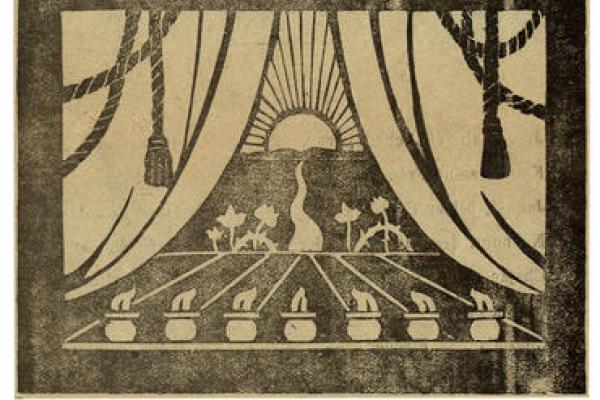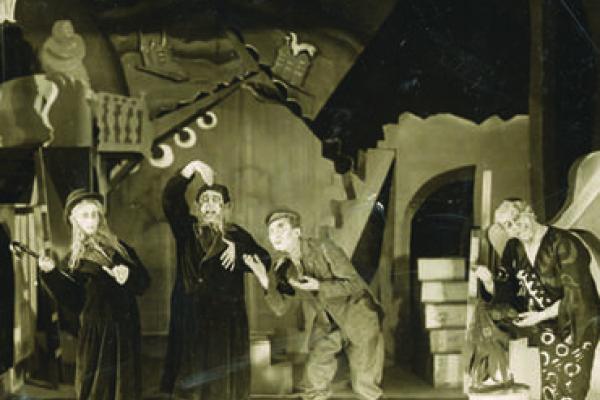
Riding the Rails with Yiddish Actors
- Written by:
- Debra Caplan
- Published:
- Summer 2016 / 5776
- Part of issue number:
- 73
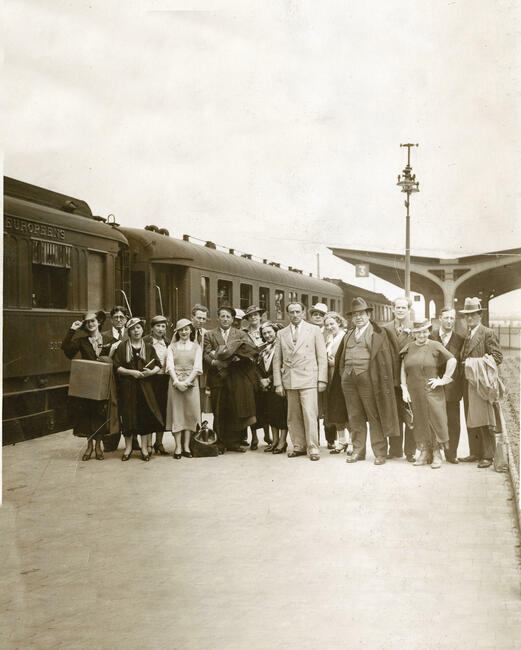
"Actors are plagued by the desire to travel,” the great Yiddish actor and theater impresario Maurice Schwartz wrote to a friend in 1942. “They would like to be all over. They look forward to meeting new people, to playing successfully for them, to traveling on boats and trains.” Indeed, most Yiddish actors of the early twentieth century probably spent more time on trains and boats than they did on the stage. It was an integral part of the trade.
If you wanted to be a Yiddish actor, a love of travel—and a willingness to stomach the physical discomforts that often came with it—was essential. As a general rule, the more an actor or troupe traveled, the more successful they were. Scholars of Yiddish theater have written extensively about the theater spaces where troupes performed. Less well known are the stories of Yiddish actors on the road, of the daily challenges of their itinerant lifestyles, and of their encounters with the people they met in train cars and at railway stations.
What happened during these long train rides? Actor and director Joseph Buloff recalled staring out the window for hours on end as the countryside went by. Schwartz typically wrote on the train, including, reportedly, drafting the script for his hit adaptation of I.J. Singer’s Yoshe Kalb during a single train ride while on a European tour. Others talked and ate, rehearsed and slept.
It was not uncommon for actors to bicker during these long journeys, and many a friendship and theatrical partnership crumbled between one city and the next. For others, the train sparked new friendships. Romantic relationships often began in the close quarters of the train. When the actor Baruch Lumet (father of the seminal American filmmaker Sidney Lumet) was traveling on a train to Germany, he struck up a conversation with a beautiful young nun. Over the course of a long night, she cozied up to him, rested her head on his shoulder, then took his hand. They held hands all night, Lumet later recalled. He visited her several times in Germany before departing for America for an acting job. The nun continued to write him letters and send him pictures, asking him to bring her to America and marry her. Lumet, who was already married, never replied.
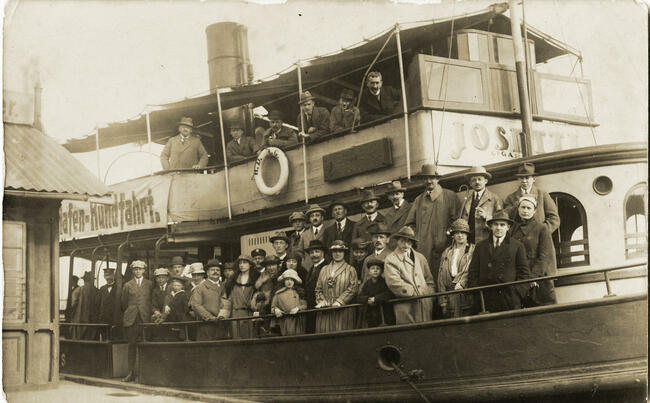
Traveling theater troupes also provided an opportunity for young people across Jewish Eastern Europe to embark on adventures and see the world. It was not uncommon for theater companies to find dozens of eager amateurs waiting at the train station after a performance, hoping to launch acting careers of their own. Many companies would take in these actors as extras and invite them to board the train.
For adult actors, the constant performance and travel schedule could be grueling. The Vilna Troupe, for example, would often rehearse one play in the morning, another in the afternoon, and perform a different show that night, a breakneck schedule alleviated
only by long train rides from one city to another. Performances went on, despite the exhausting travel schedule; if a troupe did not perform, after all, it did not get paid. The Vilna Troupe would often travel overnight; the actors brought travel-sized pillows with them in their suitcases so they could sleep on the hard train benches en route from Kishinev to Bucharest or Odessa to Minsk.
For the children, however, it was paradise. Mila and David Waislitz, who acted with their parents in the Vilna Troupe as young children, would play hide and seek in the train cars that carried the sets, costumes, and props from one town to the next. The train was both their home and their playground.
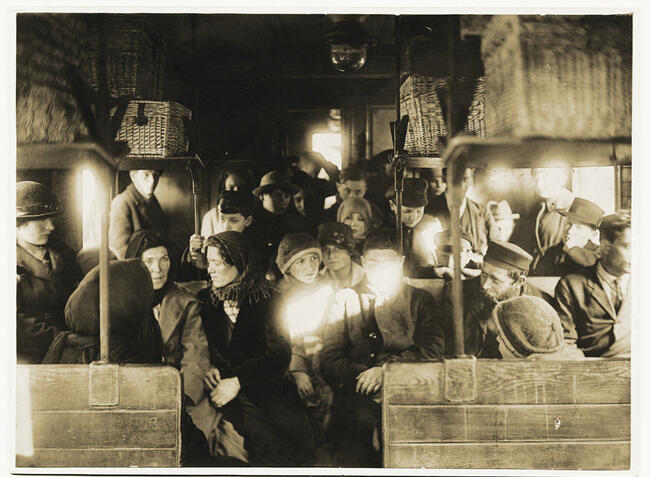
If a traveling company was famous enough, the actors often found large crowds waiting at the station to greet them on their arrival. Reporters would interview them as they descended from the train. Local organizations would compete for the honor of escorting the performers to the theater. In smaller villages and shtetlekh traveling actors were often treated like royalty.
Sometimes, the train station itself became a stage. If a Yiddish troupe was not legally permitted to perform in a particular town, the actors would sometimes perform right on the train platform, thus evading local restrictions that governed formal performances. Ticket sales would pay for their train ride to the next town.
For Yiddish actors, the train was not only a method of getting from place to place. It was their social club, their rehearsal space, and their home on the road.
Debra Caplan is an assistant professor of theatre in the Department of Fine and Performing Arts at Baruch College, City University of New York. She began learning Yiddish as an intern at the Yiddish Book Center.

